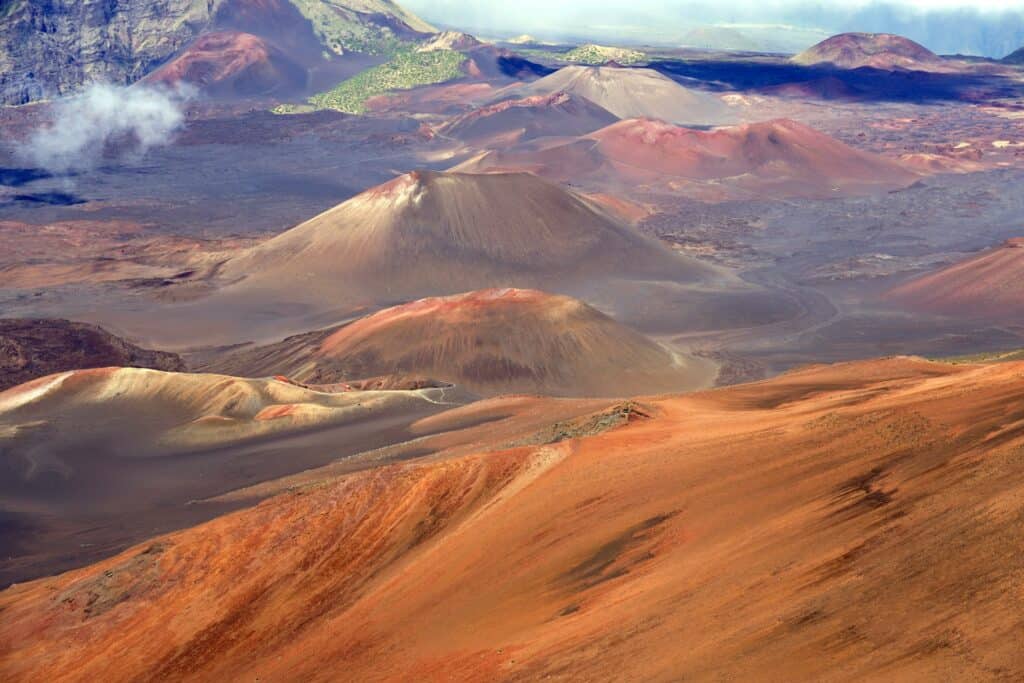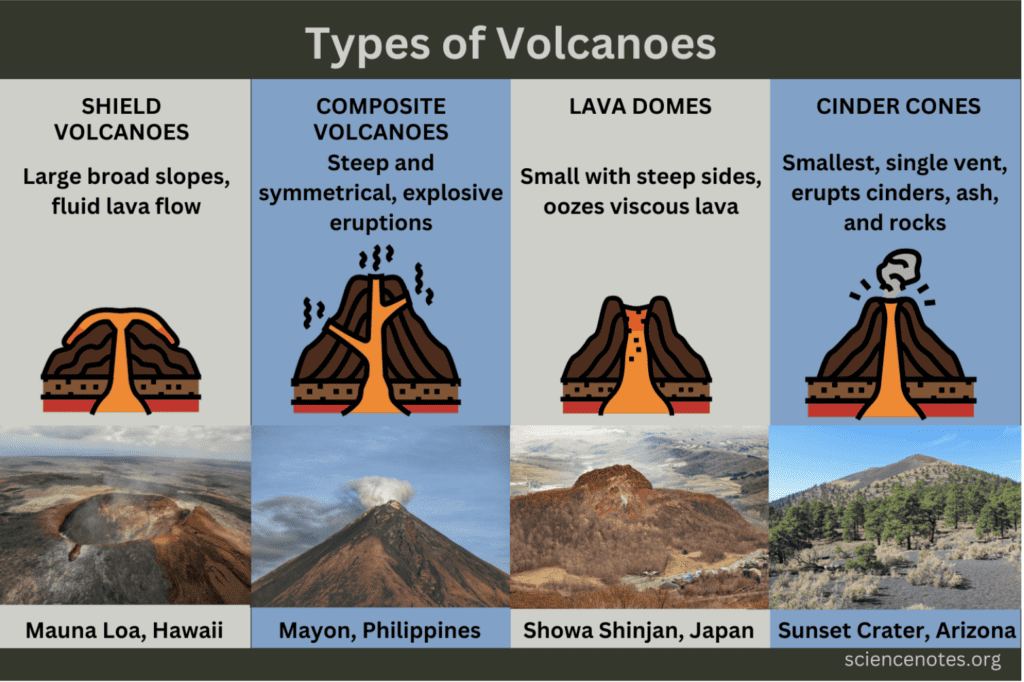Haleakalā, also known as the East Maui Volcano, is a massive, active shield volcano that dominates more than 75% of the Hawaiian Island of Maui. When visiting this sacred and culturally significant mountain in Maui please remember to be respectful and to honor the local traditions and natural environment. Understanding the cultural context of Halwakalā will help you appreciate the site more fully.

The name “Haleakalā” translates to “House of the Sun.” According to mythology, the demigod Māui, known to be mischievous and adventurous, felt that the sun moved too quickly across the sky, making the days too short. Māui sought the help of his grandmother, who possessed magical abilities and a deep knowledge of the cosmos. Together, they devised a cunning plan: Māui would capture the sun and force it to delay its path across the heavens.
Māui climbed to the summit of Haleakalā. There, he confronted the sun, engaging in a fierce battle. With determination and courage, he managed to lasso the sun using a special cord. With the sun captured, Māui negotiated with it. He persuaded the sun to move more slowly across the sky, granting longer daylight hours. As a result, the people of Hawai’i enjoyed extended periods of sunlight, thanks to Māui’s cleverness and his grandmother’s assistance.
The story of Māui’s feat at Haleakalā became a cherished part of Hawaiian mythology. The unique geological features and landscapes found on Haleakalā are believed to be imbued with spiritual energy. The crater itself, with its barren landscape and immense depth, was seen as the abode of Māui’s grandmother—a place where cosmic forces intersected with earthly existence.
Visitors to Haleakalā are encouraged to approach the summit with respect and reverence. Traditional protocols, such as asking for permission before entering certain areas, are observed by those who are attuned to the cultural significance of the site. The mountain is also a place of reflection and connection to ancestral roots for many Hawaiians.
Haleakalā is classified as a shield volcano due to its gradual buildup of many thin layers of lava erupting from the hot spot beneath it. Shield volcanoes are characterized by their broad, gently sloped shape, resembling a shield. Only about 5% of Haleakalā’s total volume is above sea level, with the rest submerged beneath the ocean.
Shield volcanoes erupt frequently but produce non-explosive lava flows that can travel long distances over their gentle slopes. Their lava is characterized by highly fluid basaltic lava, which flows easily due to its low viscosity.

The West Maui Mountains were the first to rise, appearing approximately 1.3-2 million years ago. Subsequently, Haleakalā itself formed, with its volcanic activity spanning roughly 750,000-1 million years ago.
The tallest peak of Haleakalā is known as Puʻu ʻUlaʻula (Red Hill), reaching an impressive height of 10,023 feet (3,055 meters). From this lofty summit, you overlook a depression known as the Haleakalā Crater. The crater spans approximately 11.25 kilometers (6.99 miles) across, 3.2 kilometers (2.0 miles) wide, and plunges to a depth of nearly 800 meters (2,600 feet). Its surrounding walls are steep, and the interior appears mostly barren, punctuated by fourteen multicolored puʻu (cinder cones). These puʻu form when gas is trapped in lava during an eruption, forcing the lava to eject as a fountain. It’s similar to shaking a carbonated drink can and then breaking the seal. The hot lava falls as sticky cinders around the base of the fountain, creating these distinctive volcanic cones.
Haleakalā has been an active volcano throughout its existence, with a rich history of eruptions.
Over the past 30,000 years, it has produced numerous volcanic events. During the last millennium, it has erupted at least ten times, leaving its mark on the island’s geology. Despite its current dormancy, Haleakalā is not extinct. It could erupt again. The last eruption occurred on the southwest flank along a rift zone, and it was only 400-600 years ago.
The most popular activity is to watch the sunrise or sunset above the clouds. Witnessing the sunrise or sunset from the summit of Haleakalā is a must-do experience. The changing colors of the sky and the vast landscape make it a breathtaking and memorable sight.
Witnessing the sun rise or set above the clouds is a reminder of the Earth’s beauty and our place in the universe. It’s a chance to pause, reflect, and appreciate the natural wonders that surround us. Whether you’re a photographer capturing the scene or simply soaking in the magic, this experience will stay with you long after you leave the summit. Remember to make a reservation. Details from Recreation.gov:
Hosmer Grove is a unique and biodiverse area within Haleakalā National Park. It provides a different environment compared to the summit, with a mix of native and introduced plant species. Hosmer Grove is renowned as a haven for birdwatching enthusiasts. The unique mix of vegetation attracts a variety of bird species. Visitors may spot native forest birds such as the ‘apapane, ‘i’iwi, and ‘amakihi, as well as introduced species like the European skylark.
The area offers nature trails that provide visitors with the opportunity to take leisurely walks and immerse themselves in the natural surroundings. The trails are well-maintained and vary in difficulty, making them accessible to visitors with different fitness levels. It is home to the Hosmer Grove Campground, which is the only drive-in campground in the summit area of the park. The campground sits just below the 7,000-foot elevation and you can make a reservation on Hosmer Grove Campground page on Recreation.gov.
The area is part of ongoing conservation efforts within Haleakalā National Park. The preservation of native species and habitats is a key focus to maintain the ecological balance of the region.
The Sliding Sands Trail, also known as Keonehe‘ehe‘e Trail, offers stunning views of the crater and the surrounding area. The trail is approximately 11.0 miles (point-to-point) and you gain 2,066 feet of elevation. For more information, you can explore the trail on AllTrails.
Due to its high elevation and clear skies, Haleakalā is the perfect location for stargazing. The best time for stargazing is during autumn, winter, and spring. If possible aim for dates around the new Moon phase when there is no Moon in the sky for optimal visibility. Make sure to dress warmly, bring layers, and something to sit on. Drive carefully, wildlife may be disoriented by vehicle lights, and there are no guardrails on the road within the park.
Haleakalā National Park stands as a testament to the extraordinary diversity and beauty of Maui. Make sure you plan ahead and respect any posted rules and regulations to fully enjoy the natural beauty.
Immerse Yourself in our SEA-News featuring Hawaiʻi’s marine life, inspirational conservation, and glimpses behind-the-scenes.

